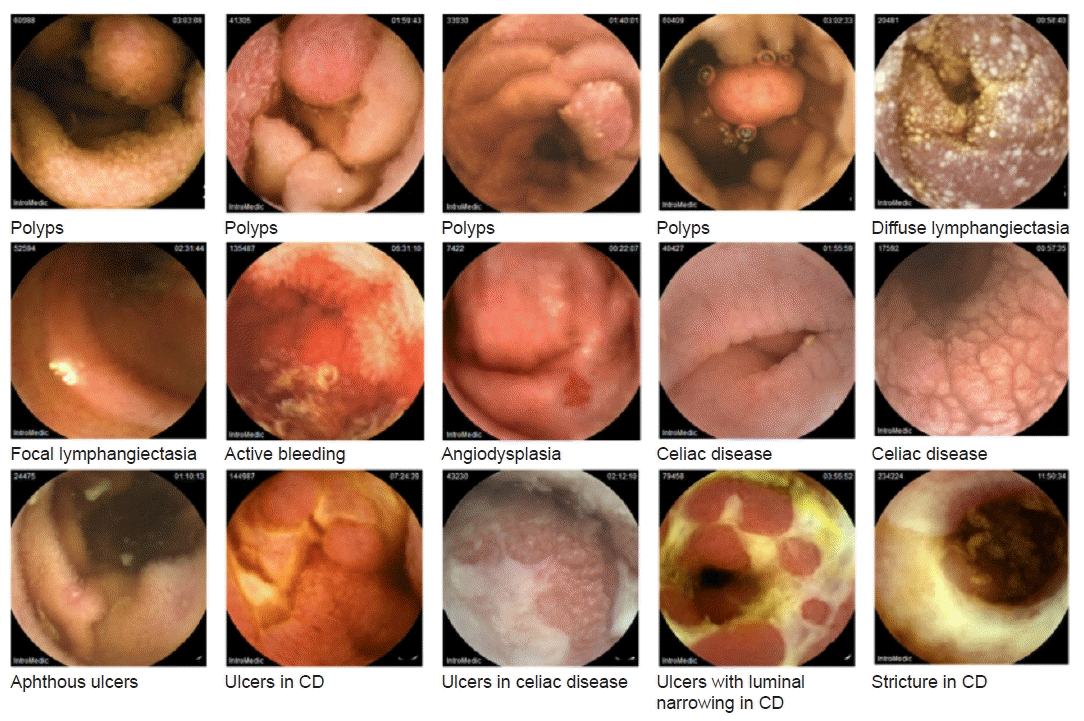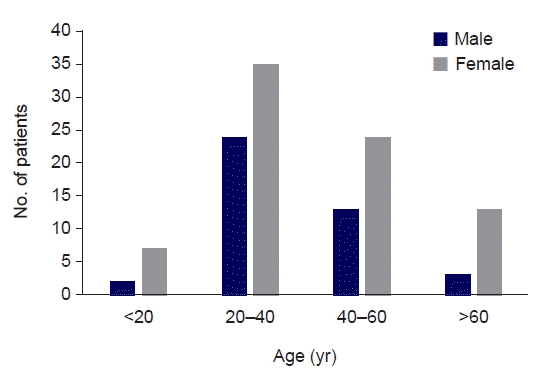1. Kaibullayeva J, Ualiyeva A, Oshibayeva A, Dushpanova A, Marshall JK. Prevalence and patient awareness of inflammatory bowel disease in Kazakhstan: a cross-sectional study. Intest Res. 2020; 18:430–7.
2. Enns RA, Hookey L, Armstrong D, Bernstein CN, Heitman SJ, Teshima C, et al. Clinical practice guidelines for the use of video capsule endoscopy. Gastroenterology. 2017; 152:497–514.

3. Ju J, Oh HS, Lee YJ, Jung H, Lee JH, Kang B, et al. Clean mucosal area detection of gastroenterologists versus artificial intelligence in small bowel capsule endoscopy. Medicine (Baltimore). 2023; 102:e32883.

4. Leandri C, Bordacahar B, Ribiere S, Oudjit A, Guillaumot MA, Brieau B, et al. Usefulness of small-bowel capsule endoscopy in gastrointestinal bleeding. Presse Med. 2017; 46:903–10.
5. Cheung DY, Kim JS, Shim KN, Choi MG; Korean Gut Image Study Group. The usefulness of capsule endoscopy for small bowel tumors. Clin Endosc. 2016; 49:21–5.

6. Robertson AR, Yung DE, Douglas S, Plevris JN, Koulaouzidis A. Repeat capsule endoscopy in suspected gastrointestinal bleeding. Scand J Gastroenterol. 2019; 54:656–61.
7. Pennazio M, Rondonotti E, Despott EJ, Dray X, Keuchel M, Moreels T, et al. Small-bowel capsule endoscopy and device-assisted enteroscopy for diagnosis and treatment of small-bowel disorders: European Society of Gastrointestinal Endoscopy (ESGE) guideline-update 2022. Endoscopy. 2023; 55:58–95.

8. Kim SH, Lim YJ, Park J, Shim KN, Yang DH, Chun J, et al. Changes in performance of small bowel capsule endoscopy based on nationwide data from a Korean Capsule Endoscopy Registry. Korean J Intern Med. 2020; 35:889–96.

9. Tominaga K, Sato H, Yokomichi H, Tsuchiya A, Yoshida T, Kawata Y, et al. Variation in small bowel transit time on capsule endoscopy. Ann Transl Med. 2020; 8:348.

10. Yung DE, Robertson AR, Davie M, Sidhu R, McAlindon M, Rahman I, et al. Double-headed small-bowel capsule endoscopy: real-world experience from a multi-centre British study. Dig Liver Dis. 2021; 53:461–6.

11. Sidhu R, Chetcuti Zammit S, Baltes P, Carretero C, Despott EJ, Murino A, et al. Curriculum for small-bowel capsule endoscopy and device-assisted enteroscopy training in Europe: European Society of Gastrointestinal Endoscopy (ESGE) position statement. Endoscopy. 2020; 52:669–86.
12. Messmann H, Bisschops R, Antonelli G, Libanio D, Sinonquel P, Abdelrahim M, et al. Expected value of artificial intelligence in gastrointestinal endoscopy: European Society of Gastrointestinal Endoscopy (ESGE) position statement. Endoscopy. 2022; 54:1211–31.

13. Piccirelli S, Mussetto A, Bellumat A, Cannizzaro R, Pennazio M, Pezzoli A, et al. New generation express view: an artificial intelligence software effectively reduces capsule endoscopy reading times. Diagnostics (Basel). 2022; 12:1783.






 PDF
PDF Citation
Citation Print
Print




 XML Download
XML Download